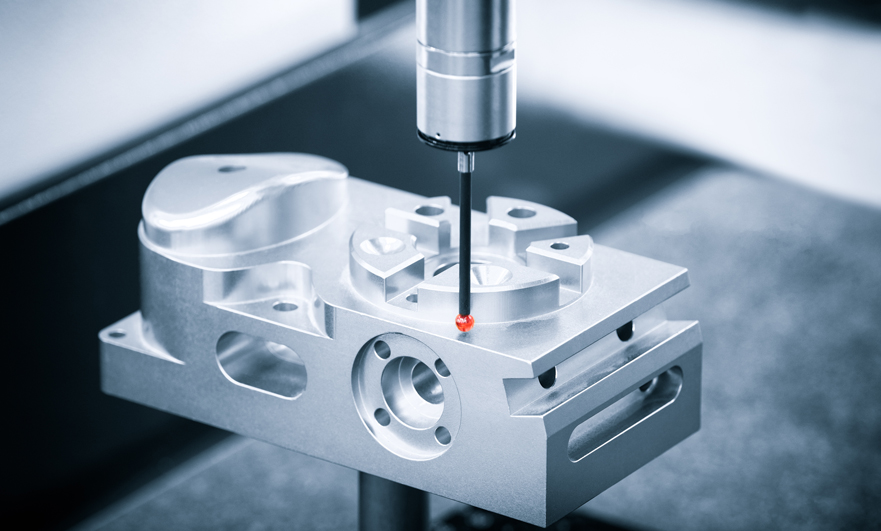15 years one-stop China custom CNC machining parts factory

Hey there I’m VMT Sam!
With 25 years of CNC machining experience we are committed to helping clients overcome 10000 complex part-processing challenges all to contribute to a better life through intelligent manufacturing. Contact us now
 241 |
Published by VMT at Oct 08 2021
241 |
Published by VMT at Oct 08 2021
Nowadays, the automobile industry can be seen everywhere in life. With the rapid development, the requirements for auto parts to resist environmental influences, such as: long-term operation reliability, stability of parts use, resistance to environmental corrosion and aesthetic appearance.
Each finished car is composed of high-quality parts, and the appearance of the overall parts is inseparable from surface treatment. The well-known automobile engine parts such as pistons, piston rings, and connecting rods need to be electroplated. Parts such as oil-cooled joints, mufflers, shock absorbers, etc. also need surface treatment to improve aesthetics.
Surface treatment of common auto parts:
1. Heat treatment: chemical heat treatment, hot dip plating, thermal spraying, bronzing, etc.
2. Vacuum process: evaporation coating, sputtering deposition, ion plating, etc.
3. Electrochemical treatment: electroplating, anodic oxidation.
4. Painting: spray paint, electrophoresis.
5. Chemical treatment: phosphating, passivation, black oxidation, etc.

Functional classification of surface treatment of auto parts:
In order to better guarantee the quality of auto parts, electroplating technology is a necessary guarantee. According to the function classification, it can be divided into the following three categories:
1. Functional electroplating: It is mainly to give the base material special physical and chemical properties, paying attention to the characteristics of the coating itself. Such as metal, hard chrome plating, tin plating, etc.
2. Protective coating: also known as corrosion-resistant electroplating, which requires the auto parts themselves to have good corrosion resistance. It accounts for 70% to 80% of the total electroplating area of automobiles, such as zinc plating, zinc alloy plating, lead plating, etc.
3. Protective decorative coatings: The automotive industry has very strict requirements on this type of coating, such as bright appearance, uniform color, corrosion resistance, etc. The requirements for the maintenance of coatings for automotive parts are generally within 5-10 years. Discoloration, non-corrosion, such as copper plating, imitation gold, copper + nickel + chromium and other processes.
Summarize:
Good surface treatment will increase the service life of auto parts. Whether it is aesthetics or practicality, we should choose a suitable surface treatment method.
Ready To Start Your Next Project?
Get Instant Quote

Request a Free Quote
Send us a message if you have any questions or request a quote. We will get back to you ASAP!